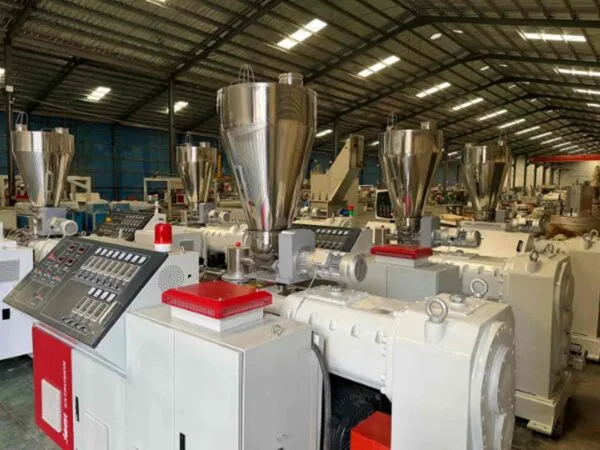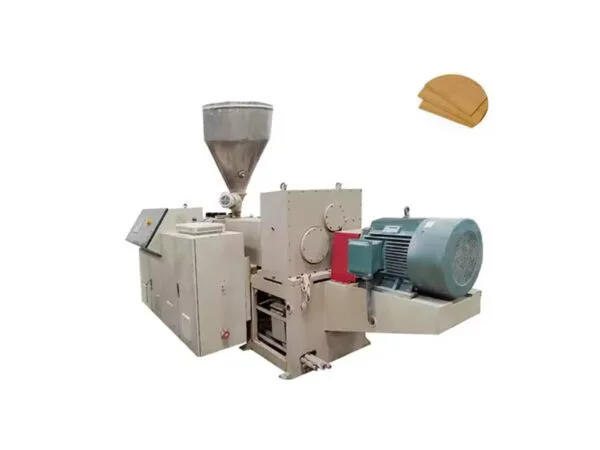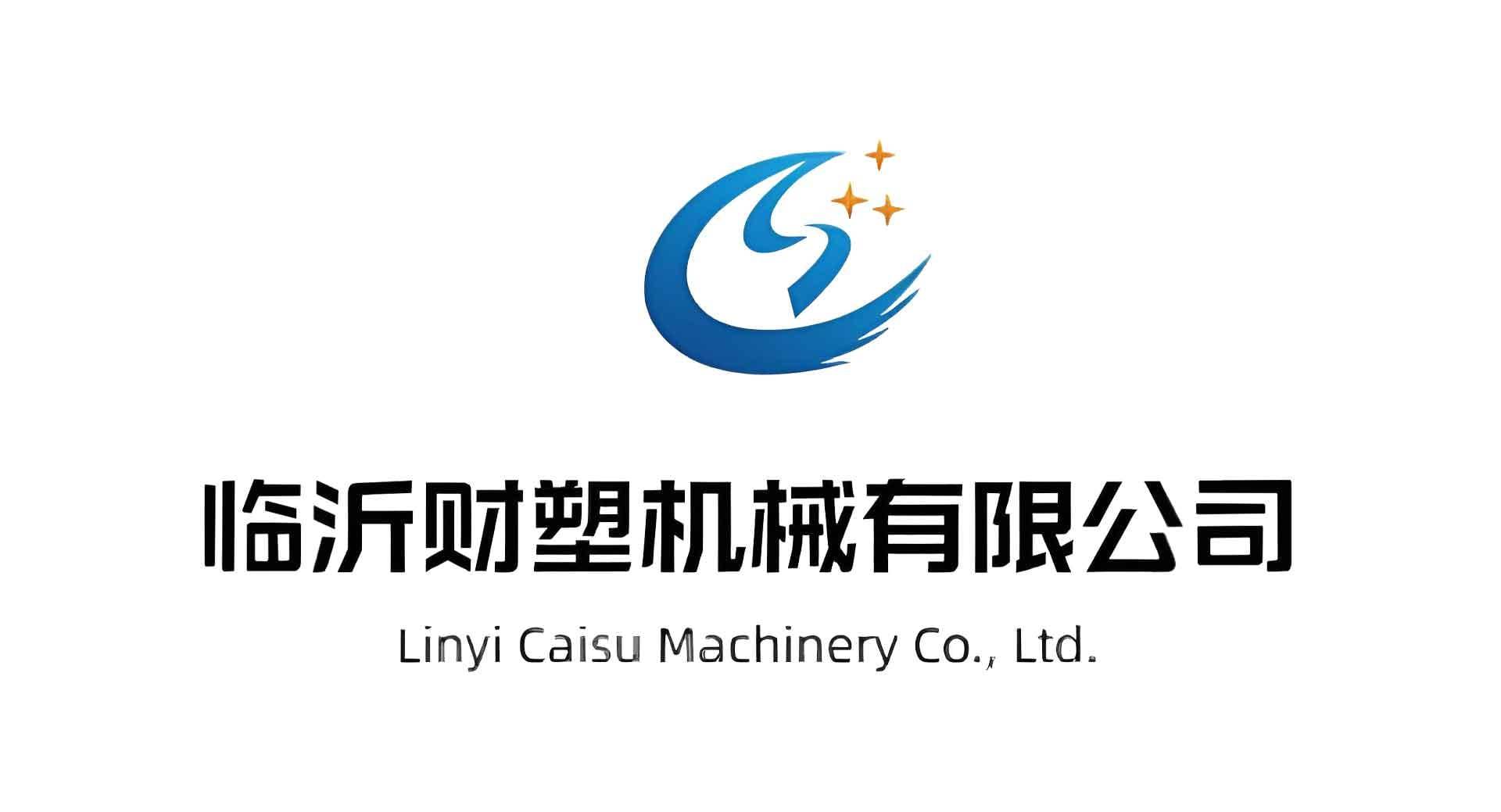Welcome to My Blog!
Before we dive into the content, I’d love for you to join me on my social media platforms where I share more insights, engage with the community, and post updates. Here’s how you can connect with me:
Facebook:https://www.facebook.com/profile.php?id=61567891941530
Now, let’s get started on our journey together. I hope you find the content here insightful, engaging, and valuable.
Caisu Machinery sells a variety of used plastic pipe production equipment. The products are of high quality and low price. Welcome to contact us for consultation and purchase. We will be happy to serve you.
Table of Contents
Introduction
Buying used PVC wood-plastic profile equipment isn’t just a budget-friendly shortcut—it’s a smart business strategy. Quality manufacturers build these extrusion lines to last, meaning they often have plenty of productive life left even after second–hand use. You’re tapping into proven systems with known performance, minimized depreciation, and often available retrofit upgrades. If you’re launching a profile business or expanding production, second-hand machinery gives you the same output at a fraction of the cost.

Understanding Used PVC Wood-Plastic Profile Equipment
What “Used” Really Means in WPC Machinery
Used equipment can range from lightly run-in demo units to production lines with years of uptime. But not all used is created equal. Many sellers refurbish machines, replacing wear parts and updating control systems. Others sell as-is, giving you room to negotiate. As long as the key systems—extruder barrels, screws, molds, feeders, and cooling sections—are sound, a used line can deliver consistent results.
Key Components That Matter Most
| Component | Importance | What to Check |
|---|---|---|
| Extruder & Screw | Drives plastic melting and mixing | Barrel wear, screw profile |
| Vacuum Calibration Tank | Controls profile dimensions | No leaks, precise vacuum hold |
| Cooling Tank | Solidifies profile shape | Efficient circulation, temperature control |
| Haul‑off Unit | Ensures consistent speed and tension | Uniform grip, no slipping |
| Cutter/Notching Station | Delivers final product length and finish | Sharp blades, replaceable inserts |
| Control System | Coordinates extrusion process and data logging | Functioning sensors, updated PLC |
Why Investing in Quality Used Units Is Worth It
Purchasing good used machinery often means you’re paying just 20–40% of the original cost while getting 70–80% of the performance. That’s because extrusion equipment is built with durability in mind—stainless components, oversized drive gears, and robust steel framing. As one industry benchmark reveals, a well-maintained WPC line can yield thousands of tons of profile output after its initial run.
Benefits of Buying Used PVC Wood‑Plastic Profile Equipment
Cost Efficiency Without Compromise
You’re not paying for novelty. Those savings let you allocate capital to raw materials, workforce training, or marketing. Many used machines come with optional retrofit packages (like improved PLCs or energy-efficient motors), giving you a modern edge.
Faster ROI and Lower Depreciation
A used line that costs $150,000 and produces 500 tons per month can pay for itself in under two years, depending on your margin. Plus, its second-hand status means its depreciation is mostly behind it, so your equipment retains value better on resale.
Proven Reliability
Think of established equipment as the tortoise—it keeps running smoothly. With maintenance logs and production history often included, you can verify uptime records. A mid-life machine with clear service data might give you better long-term performance than an untested new model.
Environmentally Conscious Choice
Reusing heavy industrial equipment prolongs its life cycle and reduces environmental impact. It’s a win-win: you save money and support sustainable manufacturing practices that reduce waste and carbon footprint.
Flexibility to Scale
A used extrusion line gives you production capacity now—without waiting for new equipment delivery. You can start smaller, validate your product line (decking, cladding, fencing, etc.), then add capacity or purchase additional lines as needed.
Practical Scenarios for Used Extrusion Equipment
DIY Start-Up Profile Business
Let’s say you’re launching your own WPC profile brand for fencing. A used line comes pretested, with molds for picket fence planks and trims. You buy, install, and within weeks you’re producing market-ready units—clean, consistent, and finished to industrial standards.
Expansion in an Existing Facility
Want to diversify product lines—like adding decking boards or window profiles? Used PVC wood-plastic profile equipment lets you test these new SKUs without overcommitting your budget. If they succeed, retrofit your line with new molds and continue smoothly.
Retrofitting and Upgrading
Sometimes a machine just needs electronics or energy-saving improvements. Replacing motors with higher-efficiency models or updating to a modern HMI control panel can keep a used line competitive with newer models. The cost is minimal compared to full replacement.
Inspection Checklist: How to Evaluate Used Equipment
Focus on these criteria when evaluating any used PVC wood-plastic profile machine:
- Extruder Wear – Measure barrel diameter wear and check screw surface. Excessive wear means reduced output quality.
- Electrical Control – Get a PLC backup, review maintenance logs, ensure spare parts are accessible.
- Cooling & Vacuum Tanks – Inspect seams and check for blockage in circulation pumps.
- Haul-off & Cutting Mechanisms – Run machine in idle for consistent pull and cut accuracy.
- Documentation & Certification – ATEX/CE/UL or equivalent safety compliance, service records, and calibration certificates.
A transparent seller will let you run performance tests. For example, you might produce a 50-meter sample to validate dimensions, flatness, and surface finish.


Maintenance Tips for Used Equipment
- Re-bore worn barrel sections or replace liners if needed
- Calibrate vacuum systems yearly to ensure tight tolerances
- Keep spare wear parts (filters, bearings, heater bands) in inventory
- Clean screw and hopper before every shift to prevent contamination
- Schedule regular oil changes on hydraulic systems
- Document every maintenance task for resale transparency later
Conclusion
Used PVC wood-plastic profile equipment presents an incredible opportunity to get into profile production without overextending your budget. With strategic inspection, proper maintenance, and smart upgrades, these machines deliver reliable performance and strong returns. They reduce depreciation, speed up time-to-market, and support environmentally friendly practices. Embracing used machinery is a savvy move for startups, expanding manufacturers, and anyone pursuing sustainable profit.
Ready to explore used extrusion lines that fit your profile ambitions? Contact us today for tailored advice, machine sourcing, and technical support that puts your project on track—lightweight cost, heavy on results.
FAQ
How many years of life can I expect from used equipment?
With proper care, well-maintained equipment often lasts 10–15 more years. Some mid-life models continue reliably for decades.
Can I retrofit used lines to new product types?
Absolutely. Most extruder specs leave room to add molds, co-extrusion units, or even integrate new dosing feeders for coloring or additives.
Is electrical safety a concern?
Only if neglected. Check wiring, grounding, and that protective relays are present. Many sellers document recent inspections, reducing startup risk.
How does a used machine compare energy‑wise?
Retrofits can significantly improve efficiency. New motors and heaters may bring power consumption close to factory-new standards.
Do used machines come with warranty or support?
Some distributors offer limited warranties on refurbished lines. Even private sellers occasionally include spare parts or on-site commissioning support.





